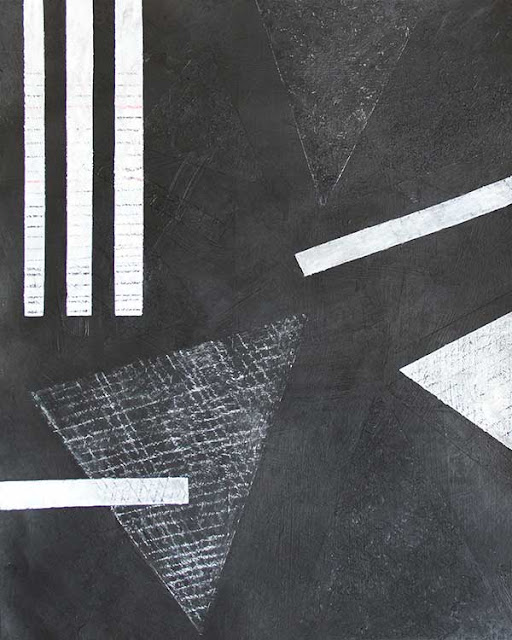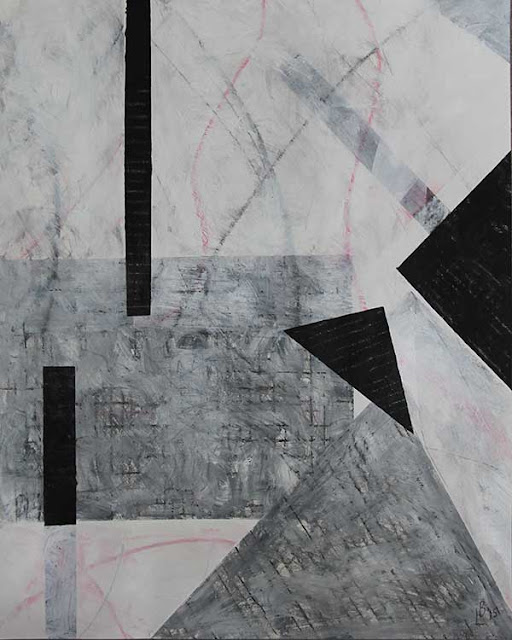Composition Strategies
Composition Strategies
I created the Composition Strategy Cards in the mid-1990s as a creative device for composing new pieces of music in the absence of a solid idea. They are interesting in that every aspect of the process is reduced to a random event, which eliminates the need to make conscious choices about what to compose. Very often the decision-making process in songwriting can be paralyzing; compounded by the fact that creative decisions have to be made democratically in a group situation, and use of the cards is a way to break those types of creative blocks.
The cards are designed like traditional playing cards and have 12 suits: Rhythm, Tempo, Key, Mood, Abstractions, Arrangement, Melody, Style, Topic, Meter, Treatments, and Harmony. In each suit are 6-12 Cards, including an Ace. When playing the game in a group situation, the cards are dealt to each band member, and each person rolls a pair of dice, one numbered 1-6 and the other 7-12, representing the 12 suits. For example, one might roll 4 and 9, which are, Topic, and Mood, and that person will play a card from those categories. The player that has the Ace gets to play the card of his choice in that suit, even if a card from that category has already been played. For example, if someone has already played a Topic card, the person that holds the Ace of Topic takes control of that category and can replace that card.
A sampling of the deck:
Sci-Fi (Treatment)
Use an exotic scale (Melody)
Tango (Style)
D major/B minor (Key)
All Minor Chords (Harmony)
3/4 (Meter)
Drums only on the chorus (Arrangement)
Vast Waves of Sound (Abstraction)
Mellow (Mood)
Loud Soft Loud (Dynamics)
African Polyrhythms (Rhythm)
Extremely Fast: 200-300 (Tempo)
Scene From a Movie (Topic)
Decks
Open in New Window
I created the Composition Strategy Cards in the mid-1990s as a creative device for composing new pieces of music in the absence of a solid idea. They are interesting in that every aspect of the process is reduced to a random event, which eliminates the need to make conscious choices about what to compose. Very often the decision-making process in songwriting can be paralyzing; compounded by the fact that creative decisions have to be made democratically in a group situation, and use of the cards is a way to break those types of creative blocks.
The cards are designed like traditional playing cards and have 12 suits: Rhythm, Tempo, Key, Mood, Abstractions, Arrangement, Melody, Style, Topic, Meter, Treatments, and Harmony. In each suit are 6-12 Cards, including an Ace. When playing the game in a group situation, the cards are dealt to each band member, and each person rolls a pair of dice, one numbered 1-6 and the other 7-12, representing the 12 suits. For example, one might roll 4 and 9, which are, Topic, and Mood, and that person will play a card from those categories. The player that has the Ace gets to play the card of his choice in that suit, even if a card from that category has already been played. For example, if someone has already played a Topic card, the person that holds the Ace of Topic takes control of that category and can replace that card.
Sci-Fi (Treatment)
Use an exotic scale (Melody)
Tango (Style)
D major/B minor (Key)
All Minor Chords (Harmony)
3/4 (Meter)
Drums only on the chorus (Arrangement)
Vast Waves of Sound (Abstraction)
Mellow (Mood)
Loud Soft Loud (Dynamics)
African Polyrhythms (Rhythm)
Extremely Fast: 200-300 (Tempo)
Scene From a Movie (Topic)
Decks
Mini Cards
The Complete List
Open in New Window




